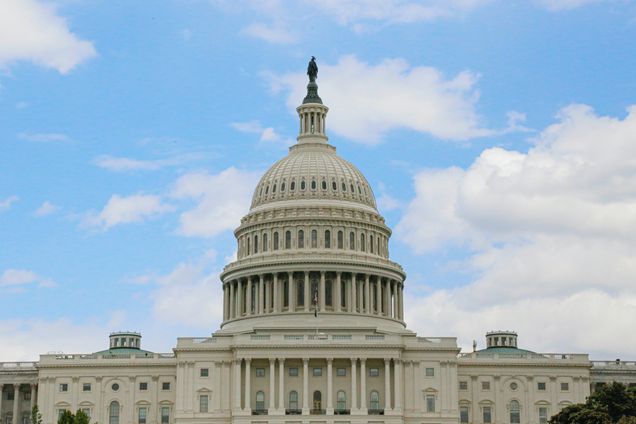Testimony Before the US-China Economic and Security Review Commission: China in Latin America and the Caribbean
Editor’s Note: The following is a testimony delivered by Dr. Rebecca Ray to the US-China Economic and Security Review Commission hearing on China in Latin American and the Caribbean on May 20, 2021.
To Chairs Bartholomew and Scissors, to the Commission, good morning. My name is Rebecca Ray. I’m a development economist and senior researcher at Boston University’s Global Development Policy Center. For eight years, I have studied China’s economic engagement with Latin America and the Caribbean, with an interdisciplinary team at BU as well as with partners at academic institutions across Latin America. Thank you for the opportunity to share that work today. I hope our findings help you plot a path forward for the United States.
Let me start by stating simply: China is in Latin America and the Caribbean to stay. Having this new external business partner – as a supplement to traditional partnerships with the US – has been an economic lifeline for Latin America and the Caribbean. It’s why the region didn’t have an economic catastrophe during the US financial crisis of 2008-2009. It’s why regional leaders from across the ideological spectrum – from Brazil’s right-wing President Bolsonaro to Ecuador’s left-wing President Correa and every stance in between – have continued to do business with China, despite their political and rhetorical differences. However, this new relationship has brought serious complications, particularly in environmental and social governance. Those complications have created an opportunity – if not a responsibility – for the US to lead by example, providing institutional support and better opportunities through smart, constructive, and pragmatic leadership.
拉
Unfortunately, these two sectors are endemically linked to widespread environmental damage and social conflict throughout the region. A few years ago, our BU team, with colleagues across Latin America, researched these problems in eight countries for the book China and Sustainable Development in Latin America. We found no evidence that Chinese investors performed significantly worse than their western peers, but they are concentrated in socially and environmentally high-risk sectors that need particularly strong support and oversight by national governments.
This brings us to the second gap: an institutional gap. On paper, Latin America and the Caribbean has developed some of the world’s most ambitious social and environmental protections, culminating in the Escazú Agreement, which came into force just last month. Unfortunately, the national agencies tasked with overseeing these protections – Labor, Environment, Culture, and other ministries – are often young, understaffed, under-resourced, and sometimes under-supported by their presidents, who are focused on filling that infrastructure gap. Nor has China been an active partner in environmental and social governance, because they don’t have the due diligence processes for evaluating project proposals that multilaterals have.
As a result, an institutional gap has emerged between the protections that governments have promised on paper and what they have provided in practice. That gap has sparked conflict – from labor disputes to competition over clean water and land rights – across Latin America and the Caribbean in the wake of this China boom.
These two gaps – the infrastructure gap and the institutional gap – create an opportunity for the United States to respond with smart, constructive, and pragmatic leadership. Smart leadership means recognizing that US investors can help fill that infrastructure gap. We can provide better opportunities for Latin America and the Caribbean and for US firms, through supporting environmentally sustainable, socially inclusive infrastructure development. Increasing this type of support through the US Development Finance Corporation is an important step. So is supporting the capital increase proposal by the Inter-American Development Bank, which will boost their lending capacity by about $8 billion per year in new projects that US firms can bid on in the region.
Constructive leadership means recognizing that our national agencies can help fill the institutional gap. The Department of Labor and the Environmental Protection Agency have long histories of working with their peers overseas to build institutional capacity, through workshops and even direct grants. Scaling up this support has never been more important. We can set a floor under social and environmental performance, so our firms aren’t outcompeted by companies cutting corners.
Finally, pragmatic leadership means drawing China into closer cooperation with regional bodies that have US leadership, like the IDB. Unfortunately, current proposed legislation in the Senate conditions US support for the IDB capital increase on marginalizing China’s role in that institution and encouraging Latin American and Caribbean governments to stop doing business with China. Our research shows that approach is counter-productive. China is in the region to stay. So it is much better to draw China in, to encourage China to channel their energy and capital through the IDB and participate more deeply there, at an institution with strong labor and environmental standards, where our firms can compete for projects, and where our appointee leads as president. That’s better for Latin America and the Caribbean, it’s better for the US government, and it’s better for US firms. That’s smart, constructive, and pragmatic leadership.
Thank you. I look forward to the discussion.
Read the Full Testimony
